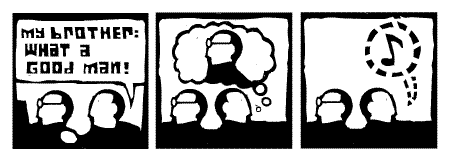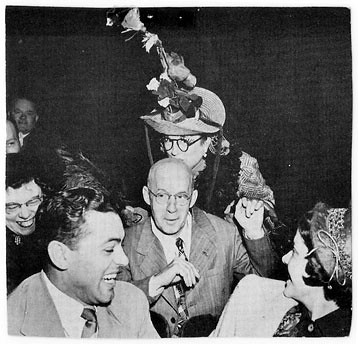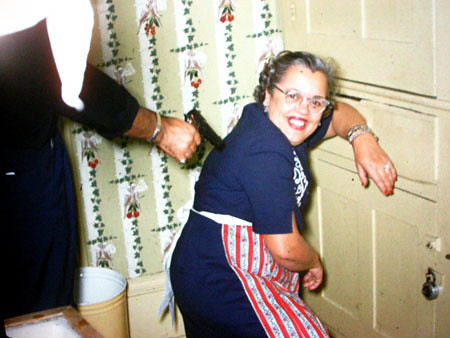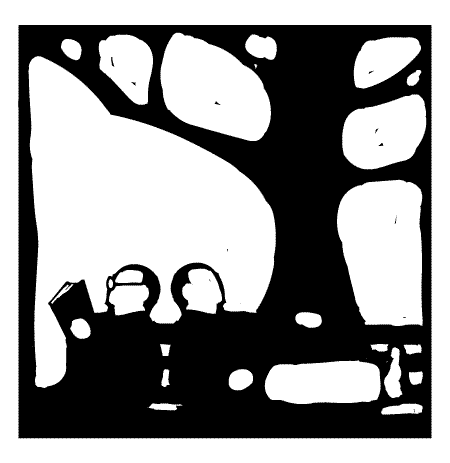
deleted panels from Calamity
Looks different around here, huh?
It’s been years since I made up the old header, and I had some spare art from work on the book, so I decided it was time for a change. Let me know how you like it.
I remember Lynda Barry talking about major writer’s block and having the revelation, “How can you write a book when you don’t have the book to write it in?” So she went out, got a big notebook, made up the cover, and started making a book.
The package is important.
* * *
Here’s Lynda talking some more about making CRUDDY:
I tried not to think about the book unless I was actually writing it….My goal was to not think about things at all. To dream it out instead, trying very hard not to edit at all as I went. The first draft really took shape when I found that I needed to slow way down and distract myself at the same time so I used a paintbrush and Tuscan red watercolor and painted the manuscript on legal paper, trying to concentrate on the calligraphic aspect of writing rather than trying to craft beautiful sentences. I figured as long as the sentences looked beautiful, the rest would take care of itself. That draft was seven hundred pages long. I used a hairdryer when I got to the end of each page so I could stack them without smearing. I can do some pretty nice handwriting now. I tried to write it a word at a time like it was being dictated. Cruddy was the result.
If I am obsessed with Lynda’s advice, it’s only because it’s so good. You have to leave your book at the drawing board. Leave it, leave it, leave it. Make it play. Dream it.
This is tougher to do than it sounds.
What Lynda taps into though, is that you have to DISTRACT yourself somehow from what you are doing, you have to trick your brain into thinking you’re not working, and with me, I can’t distract myself in Microsoft Word. That stupid ass cursor blinks and blinks and all of the time I am thinking, my God, my God, I am wasting my life.
I’ve yet to get my sumi-e set, but I’m going to, SOON.
* * *
I don’t know about you, but around our place, we need a vacation. In a couple weeks we’ll be headed down to the beach with my mom, and I’m bringing absolutely nothing related to the book. For one week, I’m going to read whatever I want, eat a bunch of seafood, walk the beach with Meg and Mom, and swim in the ocean.
Fresh eyes is what I’m hoping for when I get back.
Here’s my reading list so far:
- CAT’S CRADLE, By Kurt Vonnegut (reread)
- CASH, By Johnny Cash
- CASE HISTORIES, By Kate Atkinson
- MOTHERS AND OTHER MONSTERS, By Maureen McHugh (paperback, re-read)
- Something by Elmore Leonard, probably GLITZ, RIO BRAVO, or THE HOT KID
- And something by Haruki Murakami, if I can get a cheapo paperback…
- And added thanks to Corey: CANDIDE, by Voltaire (preferably Chris Ware’s design)
I need just one or two more books to read, so if you’ve got any suggestions, send them my way. Nothing taxing, nothing thick. And NO graphic novels, because I’m trying to get back into reading prose.
We’re due for a Half Price run soon.
*Yes, that’s a Prince reference.





